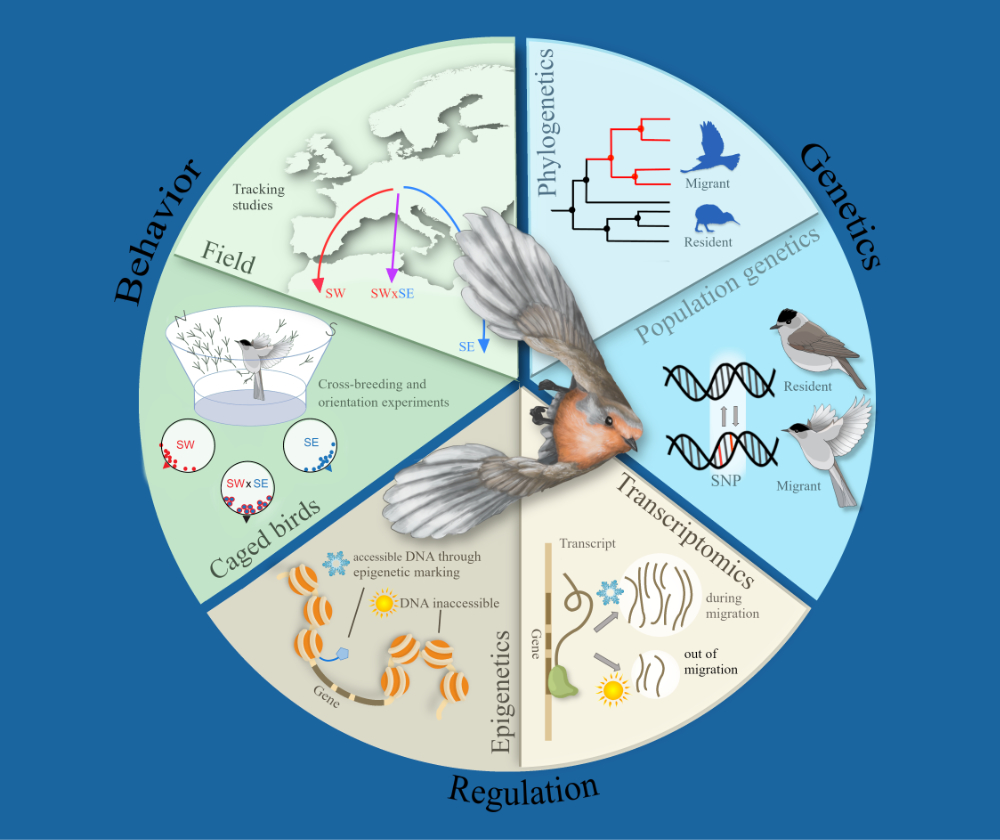Speaker
Description
Guido Roberto Gallo1, Riccardo Rossi1, Simona Secomandi2, Diego Rubolini3, Roberto Ambrosini3, Andrea Bonisoli-Alquati4, Giulio Formenti5, Luca Gianfranceschi1
The barn swallow (Hirundo rustica) is a long-distance migratory songbird with six described subspecies breeding in Europe, Asia, North America and North Africa. The subspecies differ in body size, ventral coloration, length of tail streamers, and, importantly, migratory behavior. Variation among subspecies and populations exists in terms of overall migratory behavior expression, migration timing and direction. This provides an opportunity to use this species to elucidate the genetic basis of migratory behavior, as well as other phenological and morphological traits. We recently assembled a chromosome-level, karyotype-validated reference genome and a preliminary pangenome for the Eurasian subspecies comprising the reference genome and 5 additional H. rustica individuals sequenced with HiFi long reads. We generated a comprehensive catalog of genetic variants using all publicly available sequencing data for the species. We are currently taking advantage of these genetic resources in a resequencing project involving individuals from three Eurasian barn swallow populations, both migrants and not migrants. We identified both SNPs and structural variants, and analyzed genetic variability within and among populations. These genomic variants datasets will be used in combination with various migration data to identify the genetic loci that control the migratory behavior. Several morphological and reproductive traits are also available for all samples and they will be used to identify genes controlling key life history traits, with the final aim of conducting association studies with the different migratory behaviors, phenotypic and life history data.
1Department of Biosciences, University of Milan, Milan, Italy 2Laboratory of Neurogenetics of Language, The Rockefeller University, New York, NY, USA 3Department of Environmental Sciences and Policy, University of Milan, Milan, Italy 4Department of Biological Sciences, California State Polytechnic University - Pomona, Pomona, CA, USA 5Vertebrate Genome Laboratory, The Rockefeller University, New York, NY, USA

